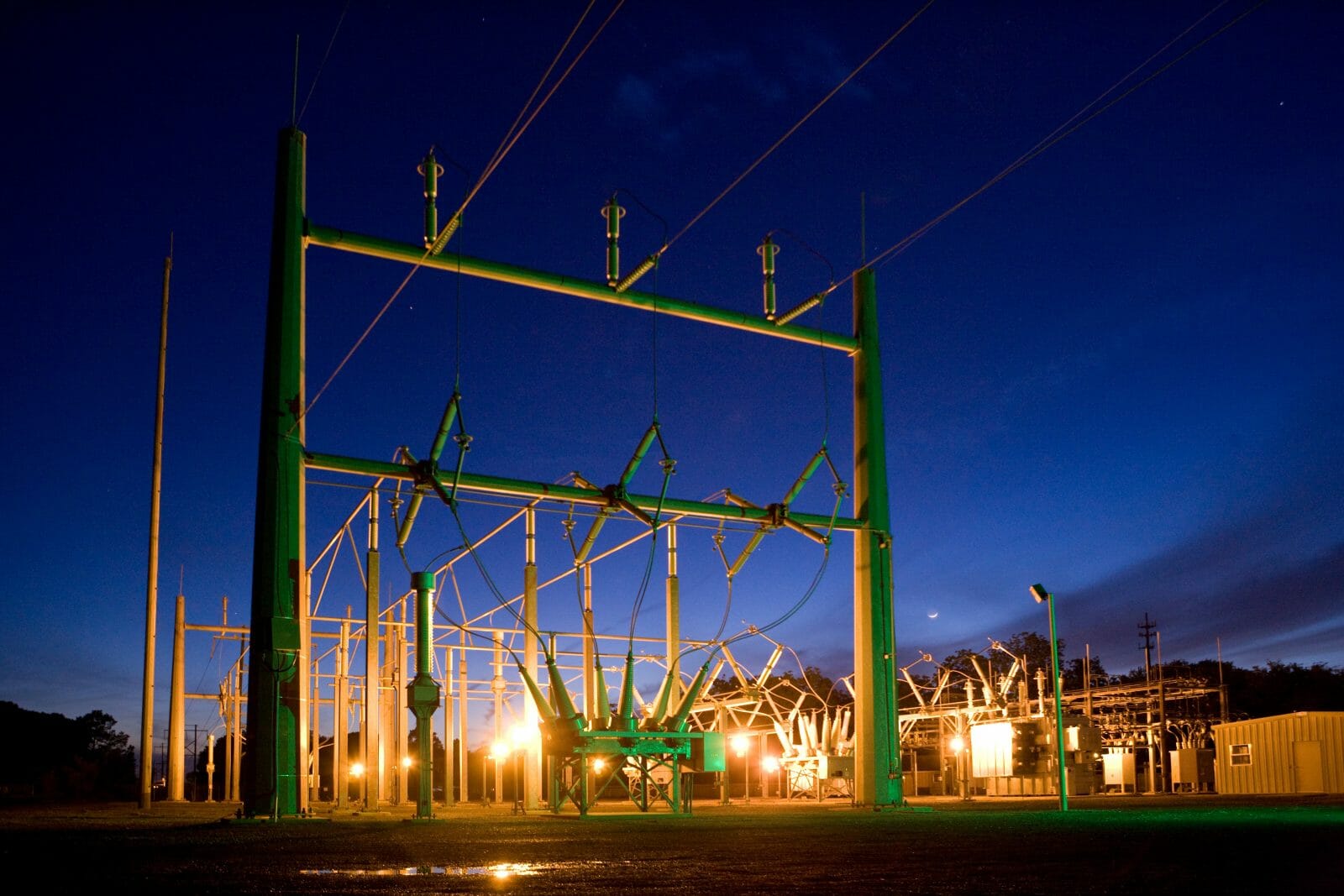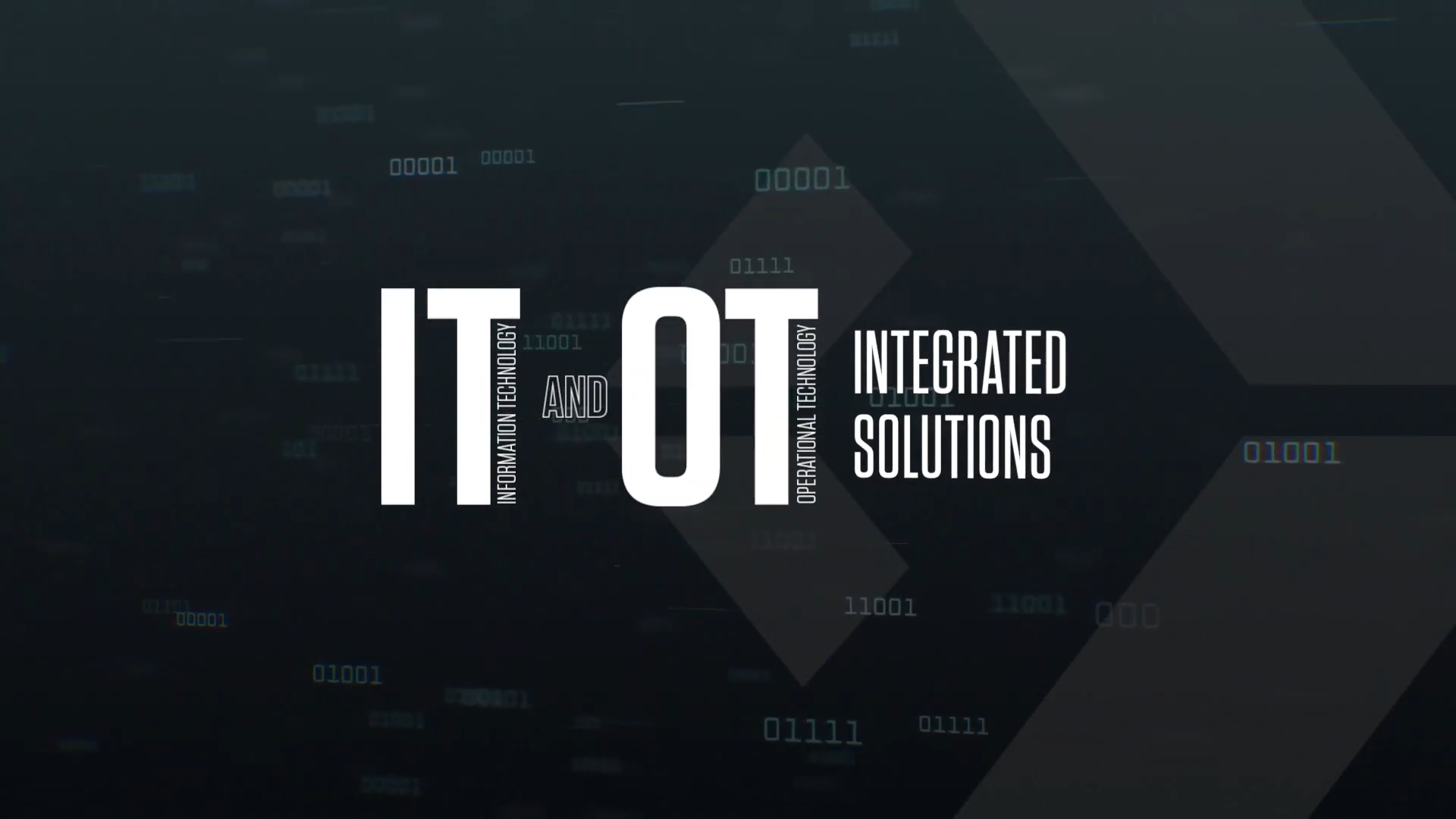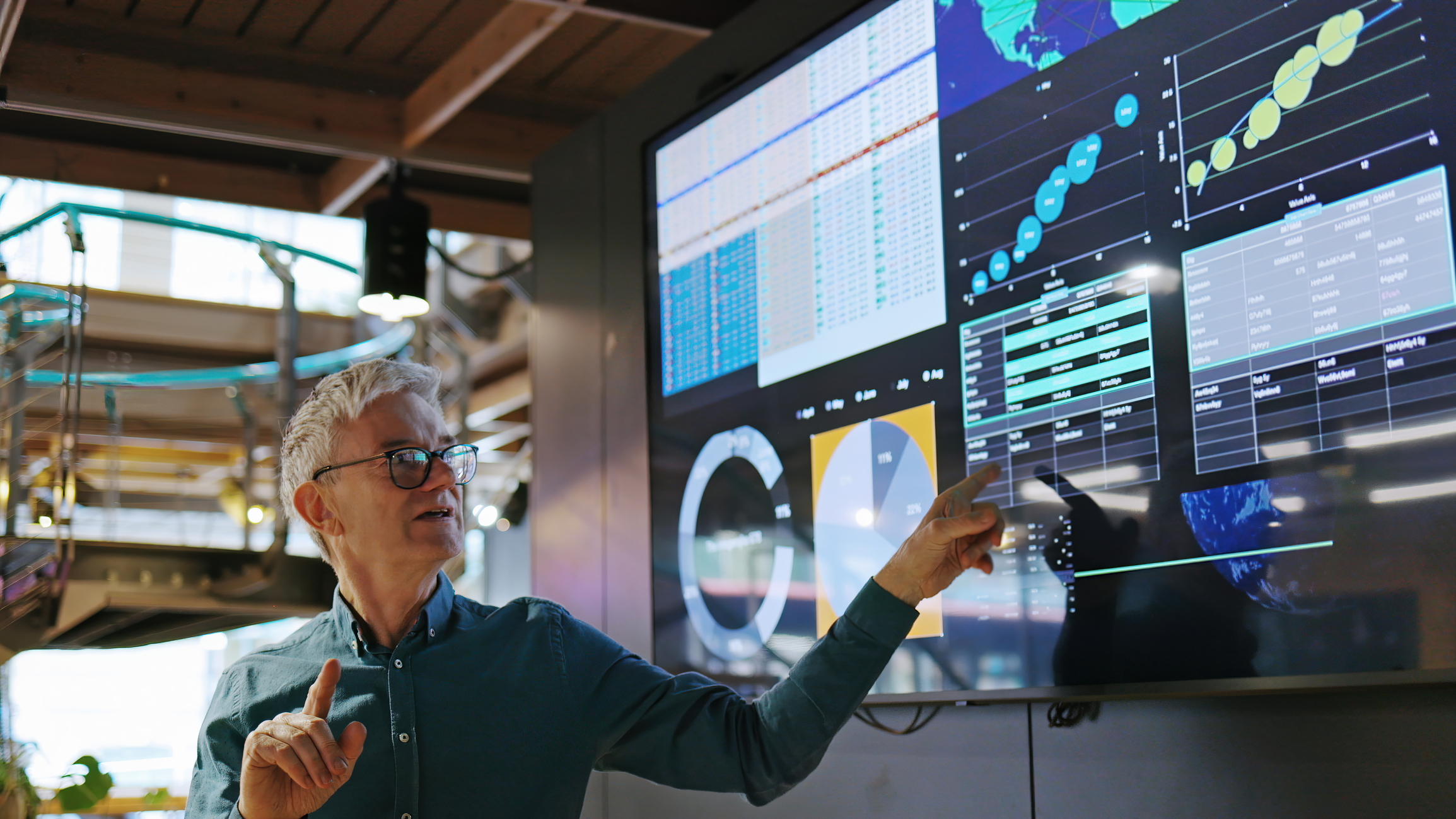Data Drives Change
These two groups had coexisted for decades without a common language or understanding of business processes. The opportunity to bring these two groups together into a united business process was heightened by the chance to produce meaningful outcomes from the smart meter data. Not only could we meet the mission objective of automated billing, new rate offerings and reduced customer service costs, but we could also deliver improved distribution grid operation and design.
The challenges were of equal magnitude, however. The back-office applications required to operate both customer systems and operations systems had no ties. None. No integrations, no understanding of performance, no common ownership. They were even housed in different data centers. Enabling the utility to leverage this smart meter data required not only new data connections, it also required significant changes to business processes, data governance and cybersecurity execution.
Fast forward a decade and this utility is alive with smart meter data. The utility uses smart meter data from its AMI network for almost every aspect of its operations. Smart meter data facilitated not only a revolution in the way the utility operated, it brought people within the utility together in a manner they had never foreseen. All made possible through the power of IT/OT integration.







